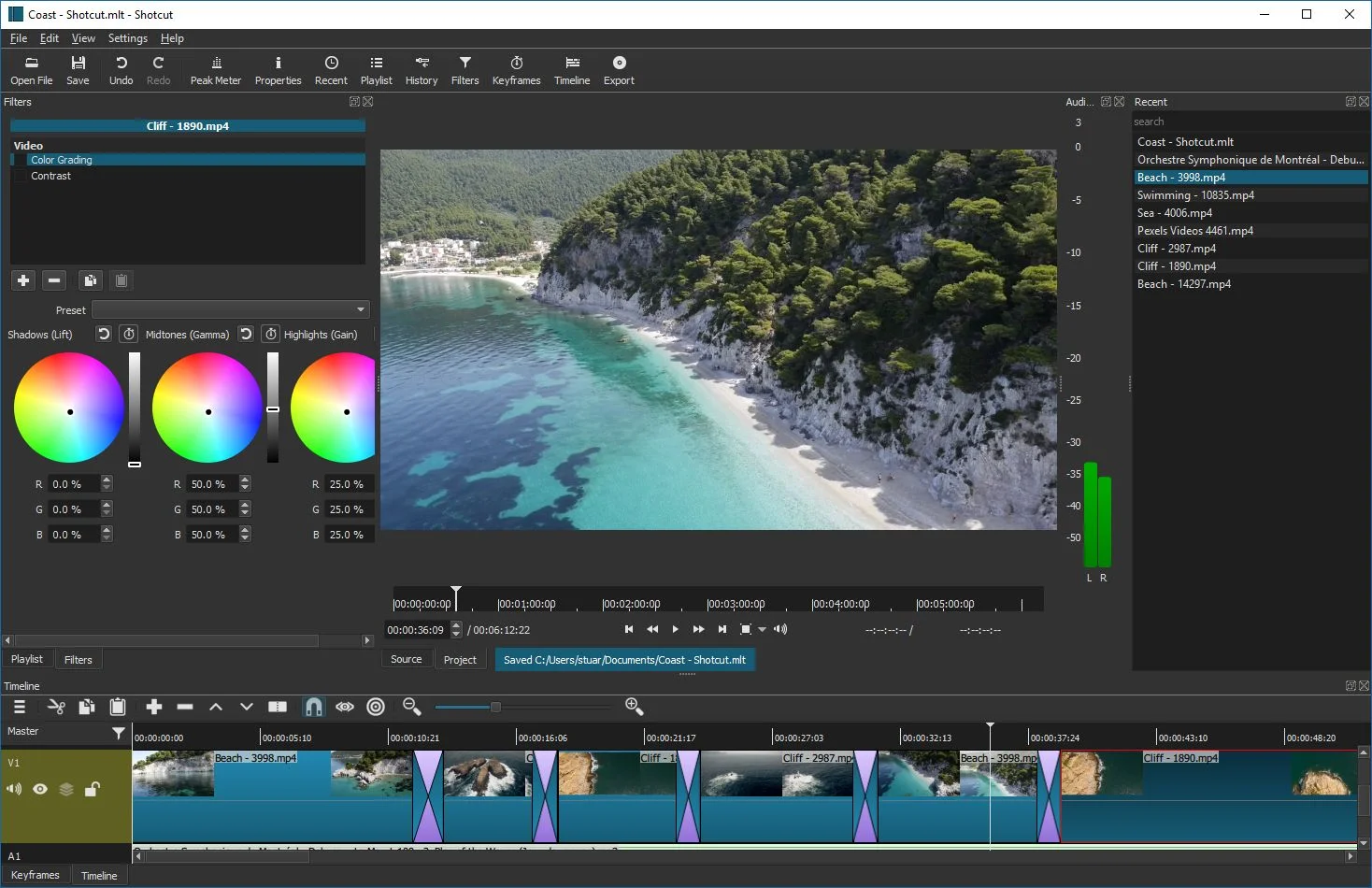In today’s digital age, video editing has become an essential skill for many individuals and businesses alike. Whether you are a professional videographer, a content creator, or simply someone who enjoys creating videos for personal use, having the right video editing software can make a significant difference in the final outcome of your projects. With a plethora of options available in the market, it can be overwhelming to choose the right video editing software that suits your needs. This article aims to guide you through the process of selecting the perfect video editing software for your requirements.
- Determine Your Editing Goals and Skill Level: Before diving into the vast sea of video editing software options, it is crucial to define your editing goals and assess your skill level. Are you looking to create professional-grade videos, or are you more interested in simple editing for personal projects? Are you a beginner who needs a user-friendly interface, or do you have experience with more advanced editing techniques? By answering these questions, you can narrow down the list of video editing software that aligns with your specific needs.
- Consider the Features and Functionality: Different video editing software offer varying sets of features and functionality. Some software are designed for basic editing tasks like trimming, cropping, and adding transitions, while others provide advanced features such as special effects, color grading, and multi-camera editing. Consider the specific features you require for your projects and ensure that the software you choose offers those functionalities. However, keep in mind that more features do not always equate to better software. It’s essential to strike a balance between the features you need and the complexity of the software.
- Compatibility and System Requirements: Before making a final decision, ensure that the video editing software you are considering is compatible with your computer’s operating system. Some software may only be available for Windows or macOS, while others may have versions that cater to both. Additionally, check the system requirements to ensure that your computer meets the necessary specifications to run the software smoothly. High-end editing software often require more powerful hardware, so consider your computer’s capabilities before making a purchase.
- User Interface and Ease of Use: The user interface of a video editing software plays a significant role in your editing experience. A clean, intuitive interface can streamline your workflow and make the editing process more efficient. Look for software that offers a user-friendly interface, customizable layouts, and easy-to-navigate menus. Many video editing software provide free trials or demos, allowing you to test the user interface and determine if it suits your editing style and preferences.
- Available Support and Learning Resources: Even if you are an experienced editor, it is beneficial to have access to support and learning resources when using a new video editing software. Check if the software offers comprehensive documentation, tutorials, forums, or a dedicated support team that can assist you in case you encounter any issues or have questions. The availability of learning resources can help you maximize the potential of the software and expand your editing skills.
- Budget and Pricing: Video editing software comes in a wide range of prices, from free options to high-end professional suites. Consider your budget and the value you expect to get from the software. Free software like iMovie (for macOS) or Windows Movie Maker (for Windows) can be suitable for basic editing needs. However, if you require more advanced features or professional-grade editing capabilities, you may need to invest in paid software like Adobe Premiere Pro, Final Cut Pro, or DaVinci Resolve. Take into account the long-term benefits and potential return on investment when making your decision.
- User Reviews and Recommendations: One of the best ways to gauge the effectiveness and user satisfaction of a video editing software is by reading reviews and seeking recommendations from other users. Look for online reviews, testimonials, or discussions on forums and social media platforms to gather insights from people who have used the software. Pay attention to feedback regarding stability, performance, customer support, and the overall user experience. These firsthand accounts can provide valuable information to help you make an informed decision.
- Scalability and Future Growth: While your current editing needs may be relatively simple, it is important to consider the future scalability and growth potential of the video editing software. As your editing skills evolve and your projects become more complex, you may require additional features and tools. Choosing a software that can accommodate your future needs can save you the hassle of switching to a new software down the line. Consider the software’s upgrade options, availability of add-ons or plugins, and its track record of releasing new features and updates.
In conclusion, selecting the right video editing software is crucial to achieving your desired results and enhancing your video projects. By considering your editing goals, skill level, required features, compatibility, user interface, support, budget, user reviews, and future growth potential, you can make an informed decision that suits your specific needs. Remember that there is no one-size-fits-all solution, and what works for someone else may not necessarily work for you. Take the time to research, test out software through free trials, and choose a video editing software that empowers you to unleash your creativity and achieve your editing goals.



